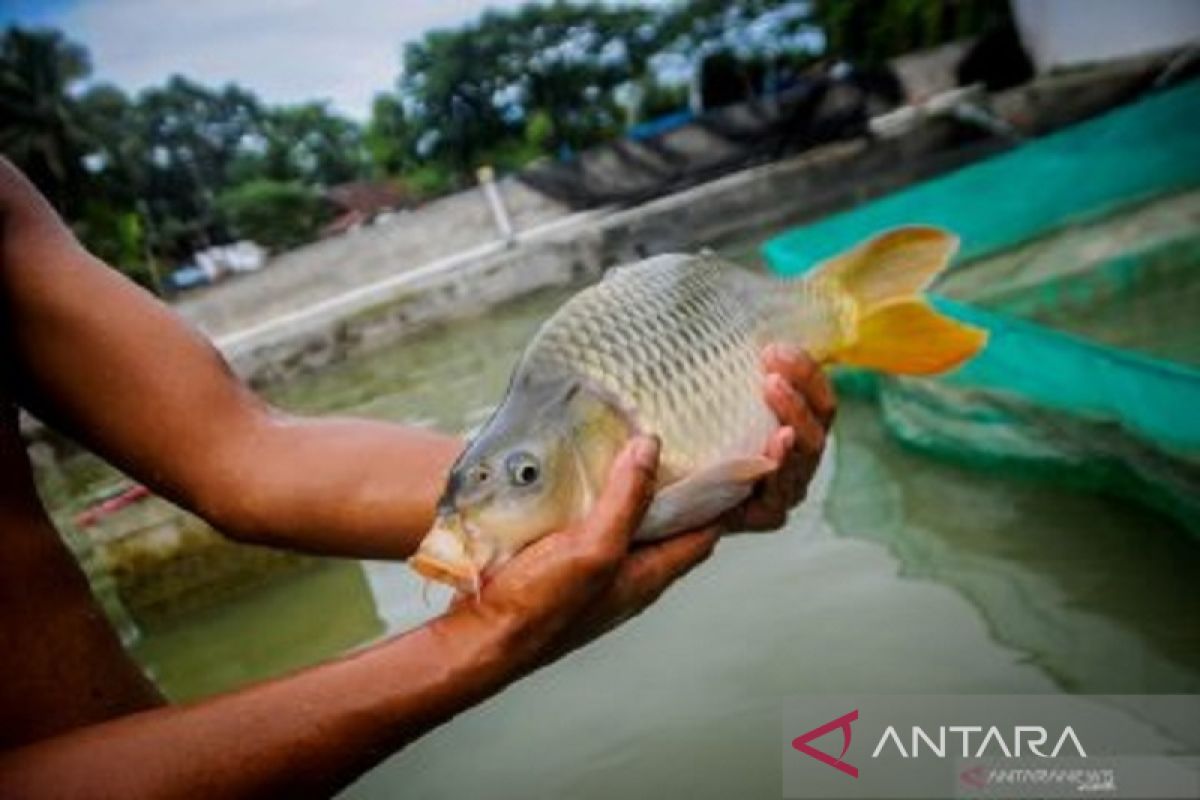"Antimicrobial resistance can cause death in humans. Resistance to the use of antibiotics or antimicrobials does not only occur in humans but also animals, such as fish and other aquatic animals," BRIN's Head of the Fish and Other Aquatic Animal Health Research Group Angela Mariana Lusiastuti told reporters here on Friday.
According to Lusiastuti, safe and effective antibiotic therapy is right on target at the targeted pathogen, on time in terms of drug administration, with the correct dose, with the proper method of drug application, and with the right type.
Lusiastuti said that one of the causes of microbial resistance in livestock and fisheries is the excessive use of antimicrobials.
She pointed to the quite high and inappropriate use of antibiotics in Indonesia that results in increasing the incidence of resistance.
Based on data from the Antimicrobial Resistance Control Committee, the level of bacterial resistance in Indonesia had continued to increase, from 40 percent in 2013 to 60 percent in 2019.
The rate of antibiotic consumption in the Asia-Pacific region in 2017 was recorded at 57.9 percent in China, 11.3 percent in India, 8.6 percent in Indonesia, and five percent in Vietnam.
The most frequently used classes of antibiotics were quinolones, at 27 percent; tetracyclines, 20 percent; amphenicols, 18 percent; and sulfonamides, 14 percent.
Vietnam used 11 classes of antibiotics or 23 types of antibiotics for therapy and prevention. The most frequently used classes of antibiotics in Vietnam were phenicol, at 11 percent; tetracycline, 10 percent; and sulfonamide, seven percent. Shrimp farms in Vietnam use six classes of antibiotics or 10 types of antibiotics, and the most used one is tetracycline, at 21 percent.
Indonesia only used four classes of antibiotics consisting of four types of antibiotics. However, in the Asia-Pacific region, Indonesia's antibiotics consumption is higher than that of Vietnam.
She explained that the problem with the use of aquaculture antibiotics is that cultivators do not know which types of antibiotics are allowed or prohibited.
If antibiotics are not used in accordance with the provisions, then they can pose a threat to fish, the environment, and humans consuming the fish.
Related news: Eight investors show interest in eastern Indonesian fisheries sector
Related news: Ministry promotes fish consumption to border regions' residents
Translator: Martha Herlinawati, Raka Adji
Editor: Rahmad Nasution
Copyright © ANTARA 2022












